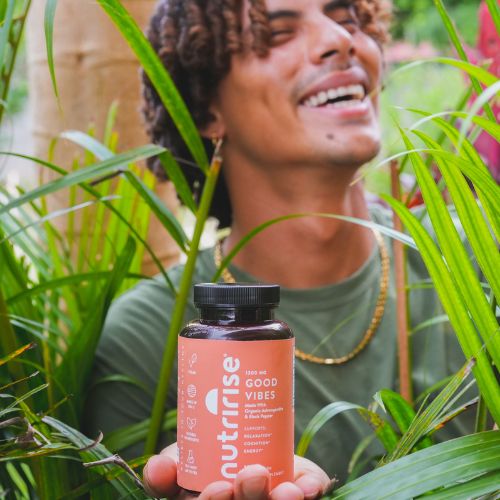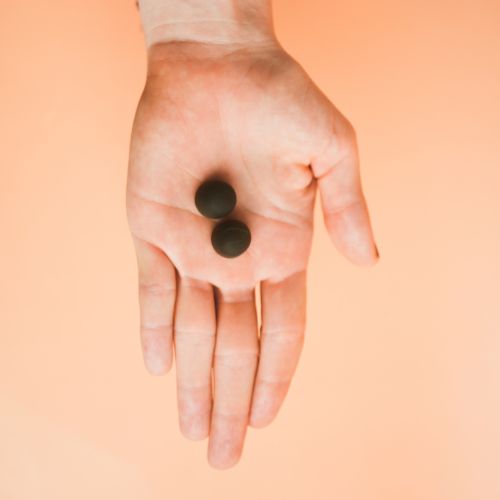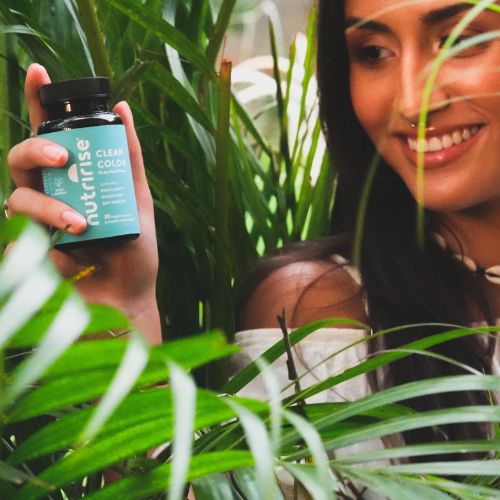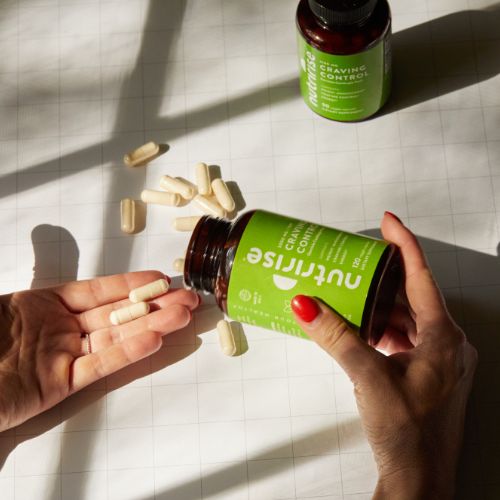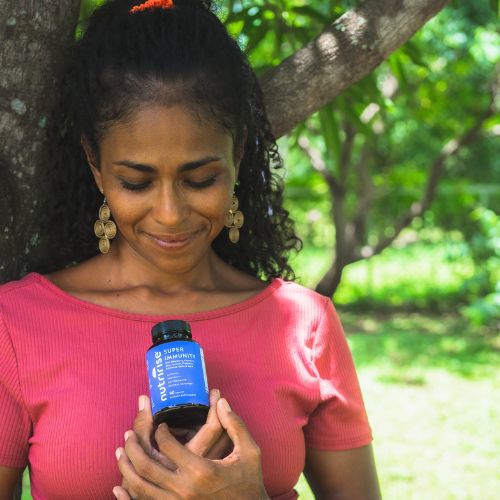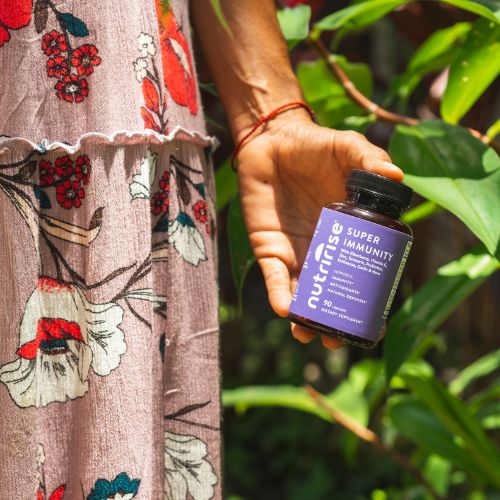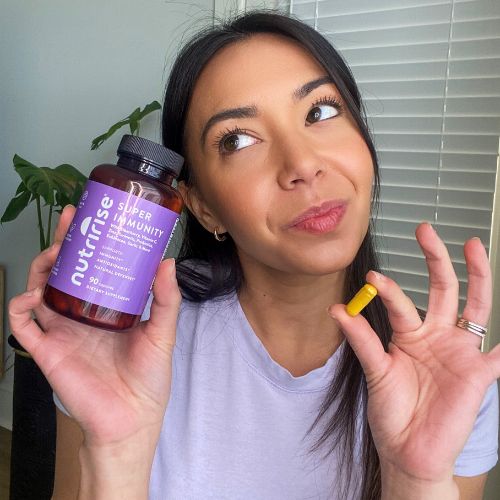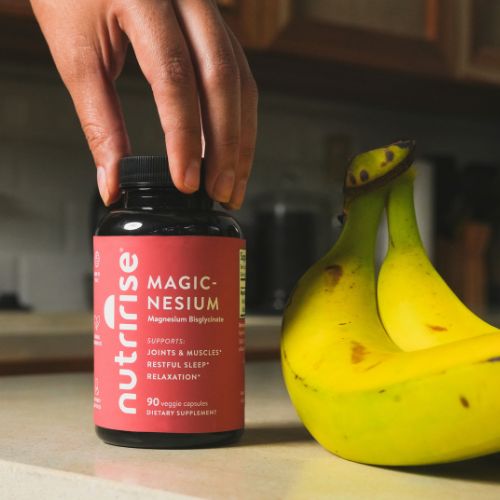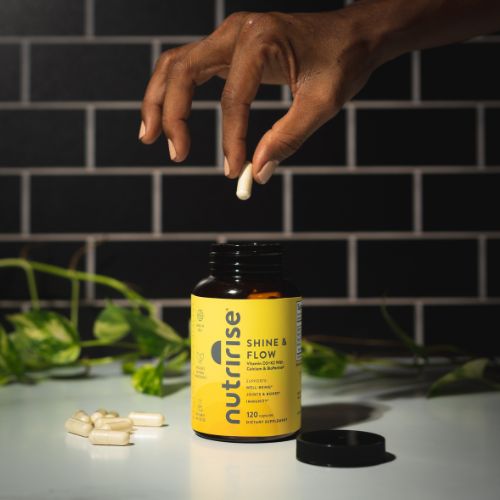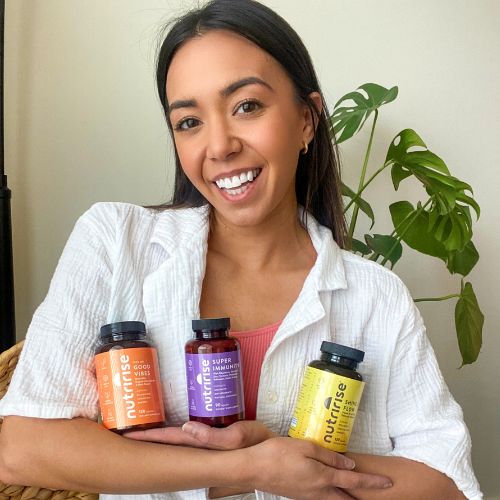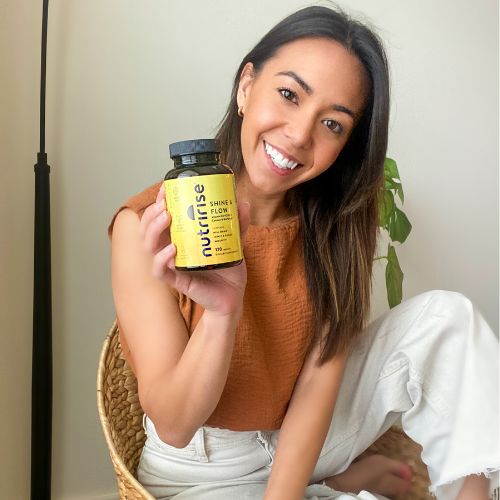What is Arthritis?
Arthritis comes from the ancient Greek words arthro-, which means “joint,” and the suffix -itis that stands for “inflammation.” Hence, it is a collective term used to describe any problem or condition that causes inflammation of the joints.
The typical signs of the condition are swelling and tenderness in one or several joints. Currently, scientists have determined that there are about 100 types of arthritis (1), including:
- osteoarthritis
- rheumatoid arthritis
- psoriatic arthritis
- juvenile arthritis
- ankylosing spondylitis
- lupus
- gout
Osteoarthritis and rheumatoid arthritis are the most common types. Most patients complain of joint pain, stiffness, and decreased range of motion in the morning. Usually, the symptoms develop gradually and worsen as you age.
If you have rheumatoid arthritis, you may also experience redness of the skin around the joint as well as nonspecific symptoms of systemic inflammation (2). They include fatigue, fever, anemia, and a loss of appetite.
If you have symptoms in one or more of your joints, you should consult a medical doctor for accurate diagnosis and treatment.
Your doctor will guide you through a standard diagnostic process that involves a physical exam, blood tests, and imaging scans.
Imaging diagnostics such as X-ray, MRI, or CT-scan can help differentiate your condition from other orthopedic disorders and confirm your diagnosis.
Your blood tests may include measuring your anti-CCP (anti-cyclic citrullinated peptides), RF (rheumatoid factor), and ANA (antinuclear antibodies) levels.
The results of your blood tests will help the physician exclude autoimmune conditions and determine the exact type of arthritis you have.
Causes of Arthritis and Joint Pain
Causes of arthritis depend on the type of the condition. Osteoarthritis (OA) is the most common type, and according to the CDC, it currently affects over 32 million Americans (3).
Osteoarthritis is a degenerative joint disease caused by the damage and breakdown of cartilage that cushions the ends of your bones. That cartilage is one of the main structures of your joints that ensures the smooth motion between your bones.
The damage can occur due to various factors, but the most common ones are repetitive stress and injuries to the joint. Less commonly, osteoarthritis develops after a single severe injury.
Factors that increase the risk of such injuries include long-term overuse of the same joints (usually part of professional occupation), history of injuries, advanced age, family history of osteoarthritis, and being overweight or obese.
The second most common form is rheumatoid arthritis (RA), affecting around 0.5-1% of the population.
Rheumatoid arthritis is an autoimmune condition that usually involves many joints simultaneously, symmetrically on both sides of the body (e.g. both hands or knees).
An autoimmune disease develops when your immune system attacks your body by mistake. In the case of RA, your immune system may attack several connective tissues, primarily your joints.
Currently, the exact cause of this autoimmune reaction is unknown, although several genes have been implicated (4).
Thus, it was estimated that genetics might account for between 20 and 65% of all cases. Other factors that may play a role include infections and smoking.
Natural Ways to Reduce Inflammation and Joint Pain
Lifestyle Changes
Strengthening the muscles that support your joints can help relieve pain and increase your overall mobility. Thus, performing exercises that put a light load on your muscles around the affected joints is recommended.
For example, a study reported that performing weight-bearing treadmill walking in overweight patients with knee osteoarthritis led to significantly reduced joint pain and improved function (5).
Increasing your physical activity can also help you shed extra fat. Losing weight for those who are overweight or obese can also help reduce pain and chronic inflammation if you have arthritis affecting your knees or hip joints.
Obesity is acknowledged as a risk factor for both the incidence and the progression of osteoarthritis in these joints (6).
Losing at least 10% of your body weight is recommended to reduce the stress on the joints and improve joint pain, mobility, and quality of life.
In addition, icing and bracing can be applied in acute injury or trauma in patients with arthritis. However, these methods only provide temporary pain relief and do not treat the condition’s underlying cause.
Supplements
Currently, the most successful treatment of arthritis aims towards reducing the inflammation in the affected joints.
Several natural herbs and supplements are known to play an important role in regulating and suppressing inflammation, especially in the tissues of your joints.
Examples include potent anti-inflammatory herbs such as Curcuma Longa (turmeric), Boswellia Serrata, and Zingiber officinale (ginger), which have long been used in traditional Indian and Chinese medicine.
For example, turmeric has been used for centuries in Ayurveda (traditional Indian medicine) to treat various symptoms and ailments, including rheumatic diseases.
Nowadays, researchers and scientists have accumulated a ton of clinical trials that prove the herb’s anti-inflammatory benefits and its potential for the treatment of arthritis.
Several systematic reviews and meta-analyses have accessed the quality of all the research and confirm these effects.
For example, a recent systematic review of the best clinical trials available revealed that Curcuma Longa extract is much more effective than a placebo for pain relief and functional improvement in knee arthritis (7).
Another more extensive systematic review that also investigated the benefits of turmeric extracts included sixteen trials and a total of 1810 adults with knee osteoarthritis (8).
The turmeric extract was more effective than placebo and provided similar relief as non-steroidal anti-inflammatory drugs (NSAIDs). What is more, turmeric had a 12% lower risk of adverse effects than NSAIDs despite their similar effectiveness.
What is Turmeric?
Turmeric, also known as Curcuma Longa, is a flowering plant native to southeast Asia and India. The name turmeric derives from the Latin word terra merita (meritorious earth), referring to the plant’s color, which resembles a mineral pigment.
The use of turmeric dates back nearly 4000 years to the culture in India, where it possessed significant religious and cultural importance (9).
Its roots and root stalks are still used to this day as a spice (inside curry powder) and as a pigment. Furthermore, turmeric is widely used in Ayurveda as a treatment for a wide range of health conditions.
The typical yellow color of turmeric is due to the high content of curcuminoids. These are phenolic compounds that are thought to possess the medicinal properties of the herb.
The main curcuminoid is curcumin, which makes up about 77% of all curcuminoids in turmeric (10). The rest include 17% demethoxycurcumin, 3% bisdemethoxycurcumin, and 3% for all other curcuminoids.
As a plant, the turmeric root contains 2-6% curcuminoids. On the other hand, the curcuminoid content in turmeric extract can reach up to 95%, so supplementing with turmeric capsules is much more effective than consuming it as a spice.
The tolerance of turmeric supplements is also excellent. There are very few side effects, even with doses of up to 8g per day (11).
Studies have reported only mild gastrointestinal symptoms such as nausea, diarrhea, flatulence, and reflux (12)
How does Turmeric work to Ease Arthritis Symptoms?
The curcuminoids in turmeric can significantly reduce inflammation and increase the levels of endogenous antioxidants in your body, which inevitably alleviate your arthritis symptoms.
For example, curcumin can suppress a molecule called TNF-α (tumor necrosis factor-alpha), which acts as an immune signal for producing pro-inflammatory enzymes (13).
Some of the inflammatory enzymes blocked as a result include Cyclooxygenase-2 (COX-2) and iNOS. This helps reduce an inflammation that’s already present, such as in arthritis.
In addition, scientists report that curcumin directly inhibits LOX and Phospholipase A2 (14).
Furthermore, curcumin reduces the ability of immune cells to get to sites of inflammation by blocking their adhesion.
The standard medications for treating inflammation and arthritis - NSAIDs have a similar mechanism of action by blocking the activity of the COX enzymes.
Compared to one of the most common NSAIDs - ibuprofen, curcuminoids had similar effectiveness in osteoarthritis and significantly lower risk of side effects, according to scientists (15)
Curcumin also lowers the levels of several markers of inflammation in autoimmune conditions such as rheumatoid arthritis.
For example, several systematic reviews of multiple clinical trials showed lower levels of the inflammatory marker CRP in supplementing patients (16, 17). The participants in the studies experienced a significant reduction in rheumatoid arthritis symptoms.
These factors combined mean reduced inflammation and less joint pain, effectively improving your quality of life.
What to Look for in a Supplement with Turmeric?
When choosing your turmeric supplement, keep in mind that this herb and its curcuminoids have relatively poor bioavailability if taken alone.
Fortunately, scientists have discovered that the alkaloid piperine present in another spice - black pepper - boosts the bioavailability 20 fold (2000%) (18)!
That's thanks to the effect of piperine on the metabolism of the herb in your liver, which slows down the neutralization of curcumin.
Besides, you can further boost curcumin properties by adding another herb from the same family of plants - ginger (Zingiber officinale).
According to research, a combination of curcumin and ginger extract has even more potent anti-inflammatory properties. Together they were found to improve the overall healing processes in the body after traumas and injuries (19).
Since there have been concerns with some supplements on the market about the presence of heavy metals, I also recommend purchasing a product that’s third-party tested and manufactured in the US.
The one product that covers all of the above and ensures maximum potency of their supplement is the Seize the Day by Nutririse.
NutriRise turmeric supplements are produced in a GMP-Certified facility in the US, and every batch is tested four times before it becomes available for purchase.
This includes testing for heavy metals, pesticides, and pathogenic bacteria, including an examination by an independent 3rd party organization.
With every dose of Turmeric by Nutritrise, you get 1650 mg turmeric, 300 mg of ginger extract, and 15 mg of Bioperine (the standardized form of piperine).
Bioperine also boosts the production of antioxidants in the body (20). What is more, preliminary animal studies suggest it may aid against the inflammation in arthritis as well (21).
It's recommended to take the dietary supplement right before a meal, preferably three times per day.
You should not worry about taking the supplement with other nutrients that are usually taken on an empty stomach, such as iron. According to research, iron and curcumin do not affect each other’s absorption (22).
Furthermore, turmeric can be safely combined with your standard medically prescribed treatment for arthritis.
Note: This article is for informational purposes only and not intended for use as medical advice. Always consult your healthcare provider before starting any dietary supplement.







